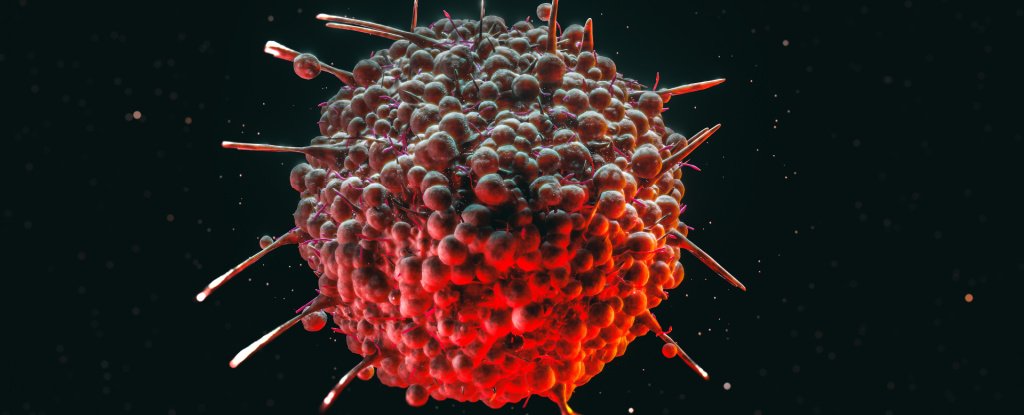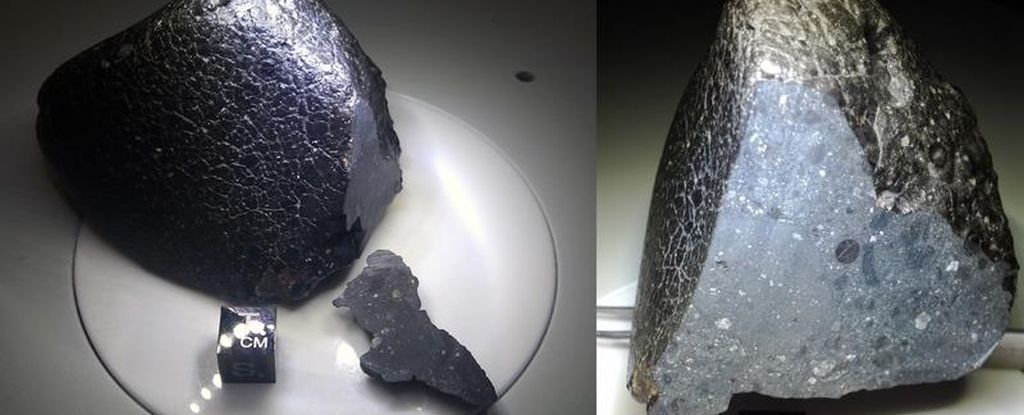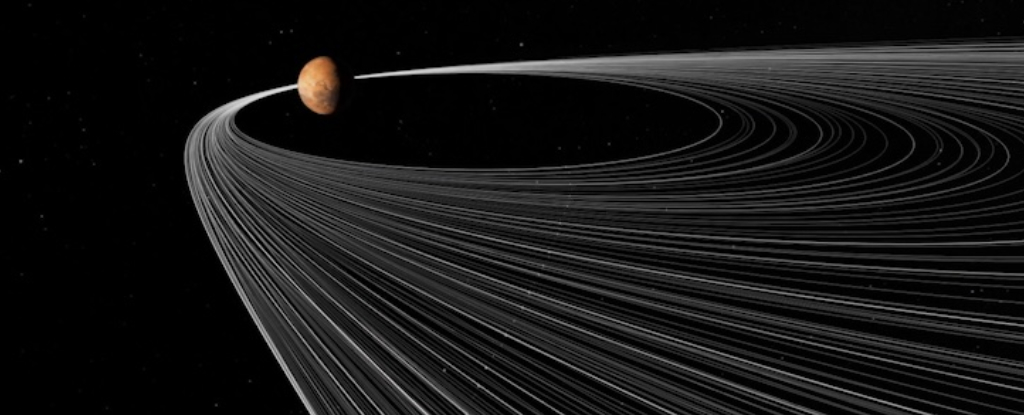ARTICLE AD
NASA has postponed the launch of its next crew of astronauts to the International Space Station (ISS) due to ongoing issues with the Starliner CST-100 spacecraft. The Starliner has been parked outside the space station for two months, with no update on when it will return.
The launch of Crew 9 is now scheduled for September 24, more than a month later than its original liftoff date of August 18. “This adjustment allows more time for mission managers to finalize return planning for the agency’s Boeing Crew Flight Test currently docked to the orbiting laboratory,” NASA wrote in a blog update.
Boeing’s Starliner launched to the ISS on June 5, carrying NASA astronauts Butch Wilmore and Sunni Williams. Mission controllers detected one helium leak before launch and discovered four more leaks during the crew ship’s journey to the space station. Adding insult to injury, five of the spacecraft’s thrusters failed. The mission was originally set to last for eight days, but Starliner still has no return date.
During its lengthy stay in orbit, NASA and Boeing have been running tests on the spacecraft to try and identify the root cause behind the thruster failure. “Starliner ground teams are taking their time to analyze the results of recent docked hot-fire testing, finalize flight rationale for the spacecraft’s integrated propulsion system, and confirm system reliability ahead of Starliner’s return to Earth,” NASA wrote. “NASA and Boeing continue to evaluate the spacecraft’s readiness, and no decisions have been made regarding Starliner’s return.”
It still hasn’t been decided whether the two astronauts, Wilmore and Williams, will ride on board Starliner for their journey back to Earth. NASA officials have previously reiterated that the Starliner crew is not stranded in space, and that the crew ship is safe to transport them back at any time. Recent reports, however, suggest NASA might be looking to use SpaceX’s Dragon crew ship instead to carry its astronauts back home.
During a press briefing on Wednesday, NASA officials finally revealed that they have been considering alternatives to returning the two Starliner astronauts on a different vehicle. “As we’ve said, the prime option is to return Butch and Sunny on Starliner,” Steve Stich, manager of NASA’s Commercial Crew Program, told reporters during the briefing. “However, we have done the requisite planning to make sure we have other options open.”
One of the options is to launch two astronauts instead of four on SpaceX’s Crew Dragon, and have Wilmore and Williams take their place on the ride back to Earth. That would include having the two Starliner astronauts spend the duration of the six month mission on board the ISS, in addition to the extra time they have already spent aboard the space station.
The move would be a tremendous embarrassment to Boeing and its Starliner program, which has suffered numerous delays and glitches since its inception more than a decade ago. Starliner’s first crewed flight test is part of NASA’s Commercial Crew Program and is meant to transport crew and cargo to and from the ISS under a $4.3 billion contract with the space agency. NASA’s other commercial partner, SpaceX, has so far launched eight crews to the space station, and is waiting for Boeing to clear the way so that it can launch its ninth crew, and possibly bring home Starliner’s own crew.
After two months of testing on the Starliner spacecraft, NASA is still struggling to identify the root cause of the thruster failure. “What we’ve got is an uncertainty band and the Boeing team, because of their experience and their belief in the resilience of their hardware, that would take them to being very confident that the vehicle could bring the crew home,” Ken Bowersox, associate administrator of NASA’s Space Operations Mission Directorate, said during the briefing. “But we’ve got other folks that are probably a little more conservative, they’re worried that we don’t know for sure, so they estimate the risk higher.”
This post was updated to include the quotes and insights provided during today’s NASA press conference.
For more spaceflight in your life, follow us on X and bookmark Gizmodo’s dedicated Spaceflight page.

 3 months ago
24
3 months ago
24 

